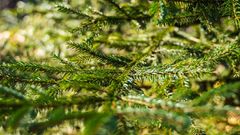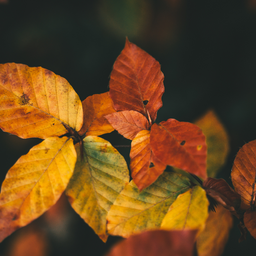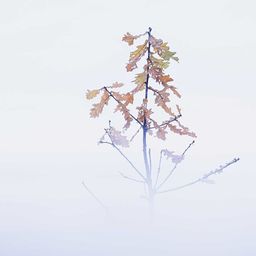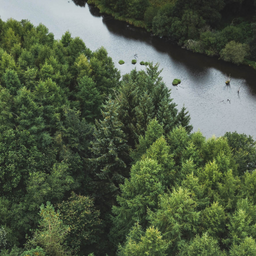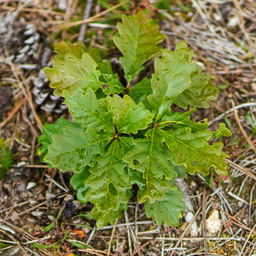Mar 1, 2023
The important benefits of healthy ecosystems
Forest ecosystems provide a lot of vital services to humans and the planet - ranging from food to recreational spaces. But we need to protect them.

We talk about carbon sequestration a lot, but forests actually have environmental benefits that go far beyond that. Environmental benefits rely on the ecosystem supported in the forest - something we can help promote.
Forests provide a large range of co-benefits besides carbon capture. These benefits are commonly referred to as “ecosystem services”, and they are usually classified in one of four categories.
Provisioning services provide material benefits, such as fresh water, food, medicinal resources, wood and other construction materials, fuel, fibre and other goods
Regulating services regulate ecosystem processes. For example, they control erosion, pollination, and soil fertility.
Supporting services allow for the production of other ecosystem services. For example, creating the right environment for different species to thrive, so they can provide pollination, berries and seeds and so on.
Cultural services provide non-material benefits such as recreation, tourism, relaxation, education, spiritual wellbeing and cultural heritage.

How to secure healthy ecosystems
In order to provide ecosystem services, the forest ecosystem needs to be healthy and flourishing. This can be promoted by simulating a natural forest structure, for example, mixing trees and bushes of different species and developing uneven-aged stands to encourage that the forest has trees at different stages of their life cycle.
This will allow local nature to develop, ultimately leading to a biodiverse and healthy ecosystem.
But how do we make our forests resilient, and how do we avoid damaging them through our interference?
When the overall complexity of the ecosystem is increased, the resilience of the forest will increase too.
On the other hand, a forest stand with a simple and homogeneous structure and management - such as a monoculture plantation - will be much more sensitive to unpredictable threats and stress factors like pests, storms, or drought.
For example, a bark beetle infestation like the one that is happening across Europe is promoted by large monocultures where many trees of the same age and species are weakened at the same time. When you have a forest with many different species and age groups mixed, pests and disease will often spread much slower and thereby cause less overall damage.

Complex = healthy
Forests are able to supply a wide range of ecosystem services that provide different essential benefits for both nature and humans.
A complex ecosystem will provide a healthier and more resilient forest that is more prepared to withstand threats.
Forest management that focuses entirely on optimising carbon sequestration will result in a forest with homogeneous structures. Eventually, this will cause a weak response to hazards in the forest.

How can you support ecosystems?
Hopefully, this article helps you understand of the importance of forest management to create and protect healthy ecosystems for the planet, for wildlife and for human beings. Now you might wonder what you can do yourself to help foster healthy ecosystems.
1. Support biodiversity projects
At EcoTree, biodiversity is at the heart of our forestry. You can support several biodiversity projects in our forests, and we’re adding more as we speak. Supporting one of our biodiversity projects is one thing you can do to actively make an environmental impact today, whether you're a business or just want to make a difference in your everyday life.

2. Plant trees
If you plant a tree with us as a private person or start a reforestation project as a business, you indirectly support biodiversity and the ecosystems as well.
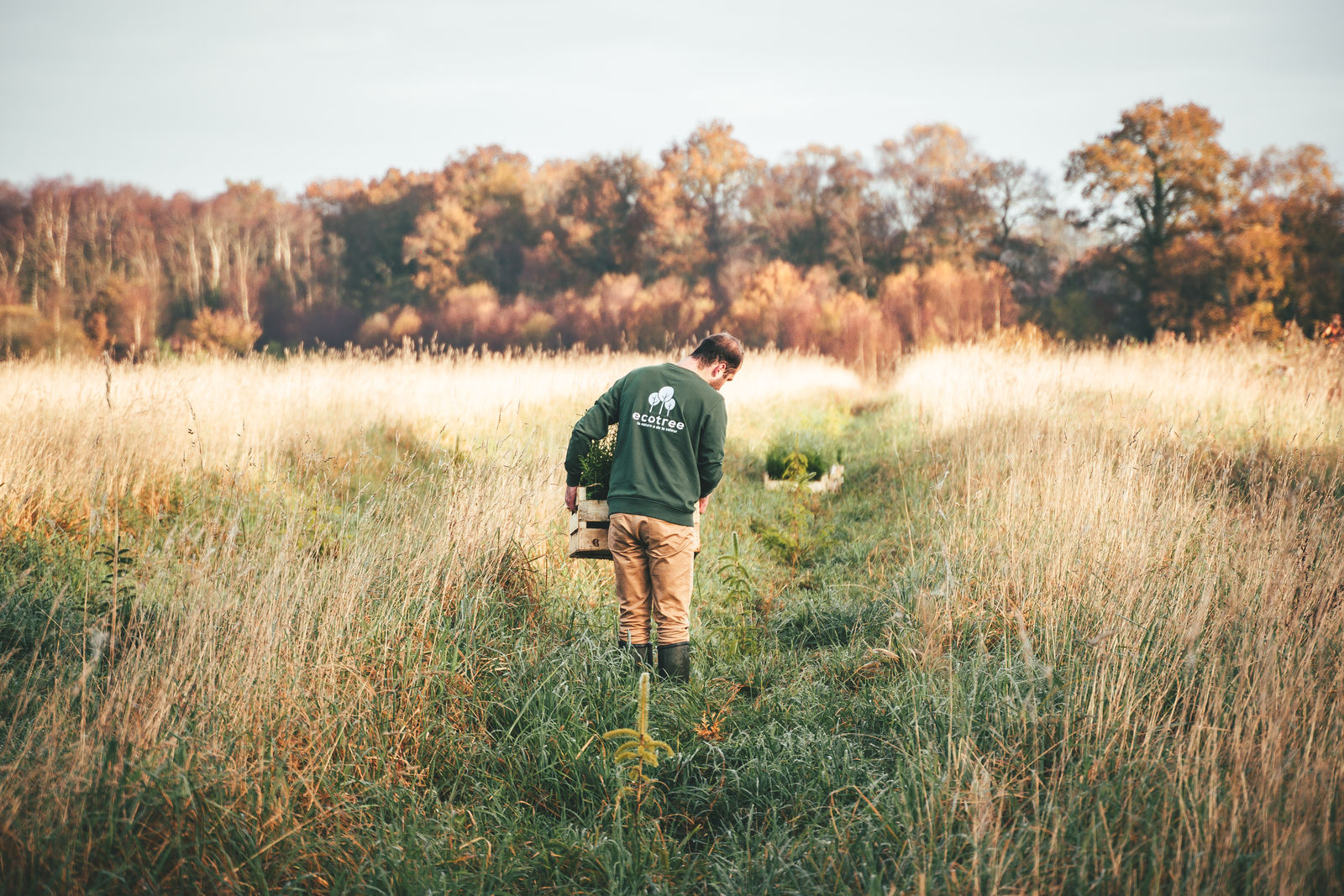
3. Spread the word
Another thing you can do to help is sharing this article on social media or with partners. Education on environmental subjects is the key to success. If public awareness increases, people will become more and more involved, which will impact who represents them in the government. And that’s how nature can be protected.

4. Make changes
Other than supporting a biodiversity project or sharing this article, you can make a difference by choosing a sustainable lifestyle, purchasing sustainable products, reducing your carbon footprint, or creating an efficient CSR strategy.



